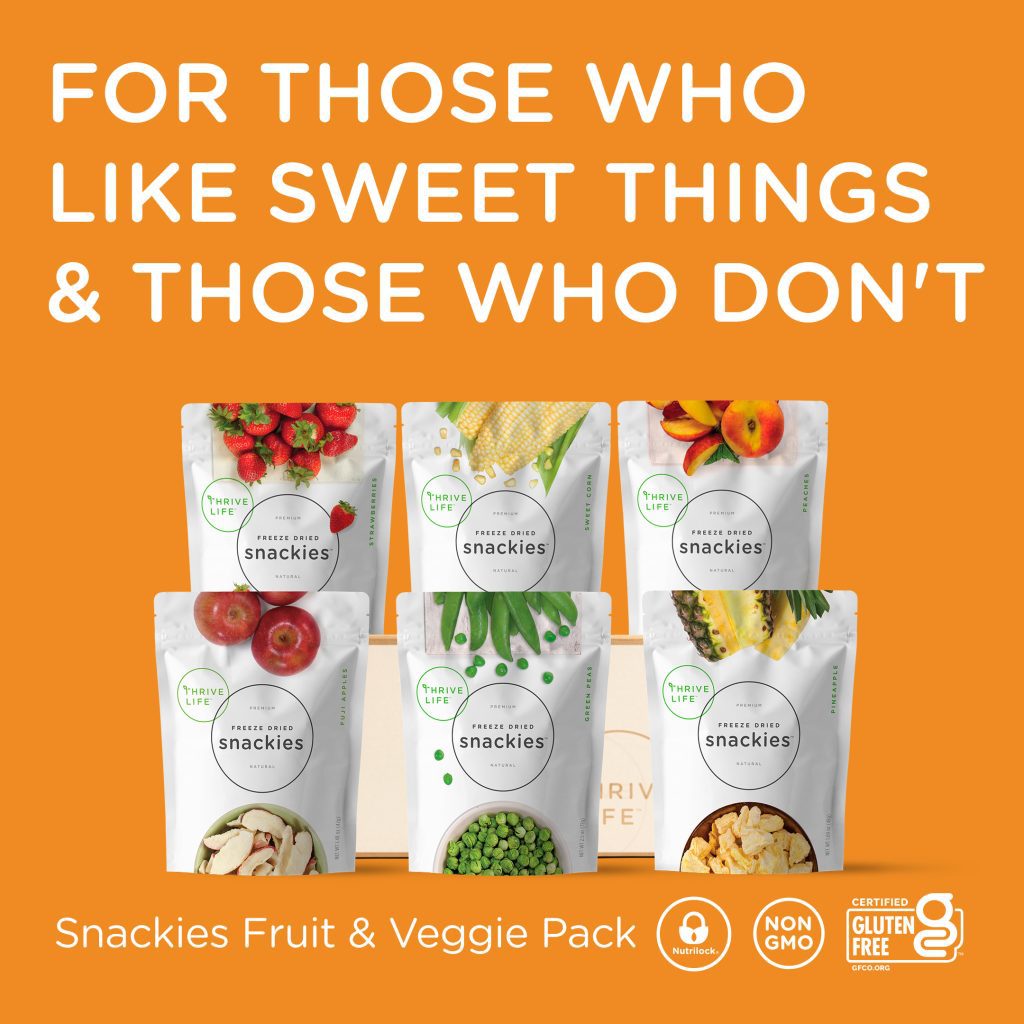When it comes to long-term food storage, freeze dried foods are a popular choice due to their impressive shelf life. Hata hivyo, understanding freeze dried food expiration is crucial to maximizing your food’s longevity and ensuring its quality. Freeze dried foods can last anywhere between 5 kwa 25 miaka, depending on the type of food and storage conditions. This makes them an excellent option for emergency preparedness, camping trips, and everyday convenience.
Freeze drying involves removing almost all the moisture from the food, which inhibits the growth of bacteria, yeast, and mold. The result is a lightweight, shelf-stable product that retains its original flavor, rangi, and nutritional value. This is why freeze dried foods are often considered superior to other preservation methods like canning or dehydration.
Proper storage is key to optimizing the shelf life of your freeze dried foods. It’s best to store them in a cool, dark place, ideally at temperatures below 75°F. Airtight containers or mylar bags with oxygen absorbers can further extend their shelf life by protecting the food from air and moisture. Always make sure to label your containers with the date of purchase to keep track of their longevity.
If you want to stock up on high-quality freeze dried foods, check out our monthly specials for 30-50% off our premium products. Investing in freeze dried foods now can save you time and money in the long run.
Understanding Shelf Life of Freeze Dried Foods
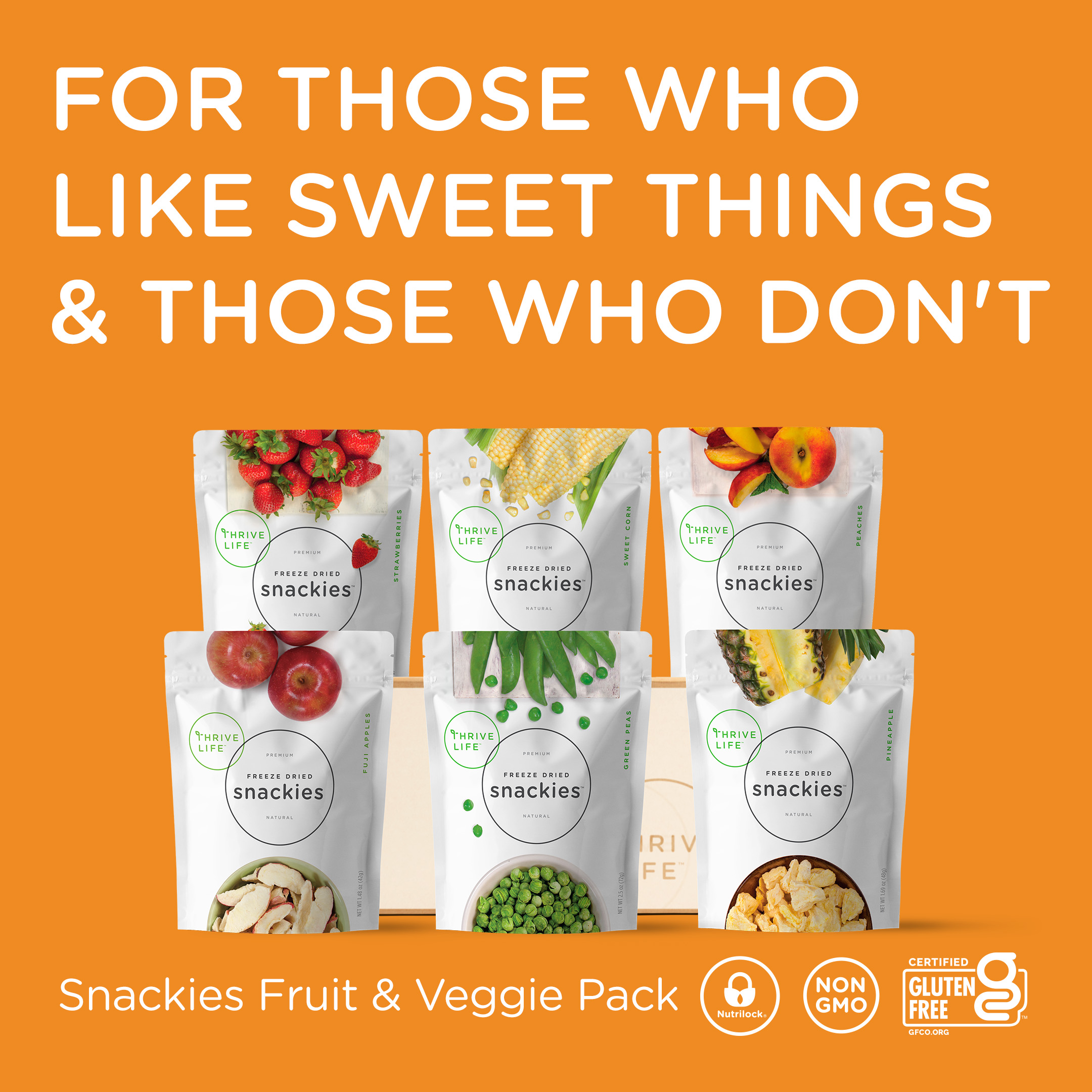
The shelf life of freeze dried foods is one of their most appealing features. Unlike other preservation methods, freeze-drying can extend the life of food by several decades. But what factors contribute to this extended shelf life, and how can you ensure your freeze dried foods remain fresh for as long as possible?
Kwanza, it’s important to understand that the shelf life of freeze dried foods can vary depending on several factors, including the type of food, packaging, and storage conditions. For example, freeze dried fruits and vegetables often have a longer shelf life compared to freeze dried meats and dairy products. This is because proteins and fats are more prone to oxidation and spoilage.
Packaging plays a crucial role in preserving the quality of freeze dried foods. High-quality, airtight containers, such as mylar bags with oxygen absorbers, help to protect the food from air, moisture, and light, which are the main culprits of food degradation. Ensuring that your freeze dried foods are stored in a cool, dark place can also significantly extend their shelf life. Ideally, storage temperatures should be kept below 75°F to prevent heat from accelerating the breakdown of food components.
Another factor to consider is the initial quality of the food before freeze drying. Foods that are fresh and of high quality will naturally have a longer shelf life once freeze dried. Zaidi ya hayo, the freeze drying process itself, which removes up to 98-99% of moisture, helps to preserve the integrity and nutritional value of the food.
By understanding these key factors, you can better manage the shelf life of your freeze dried foods and ensure that they remain a reliable and nutritious option for years to come.
Factors Affecting Freeze Dried Food Expiration
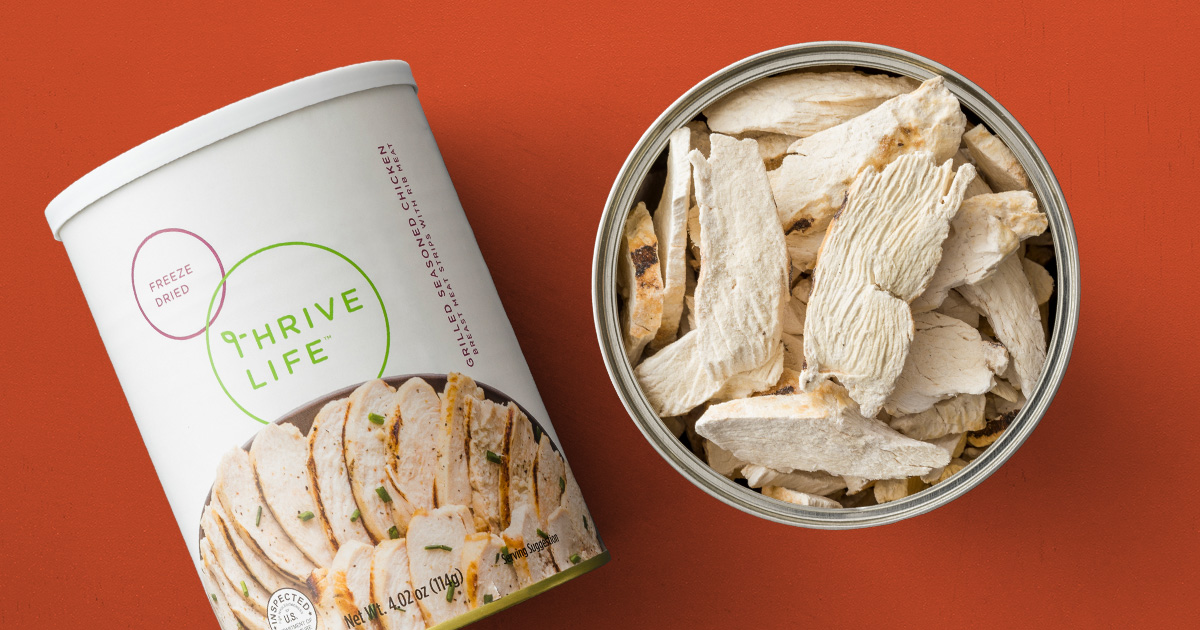
Several factors affect the expiration of freeze dried foods, influencing how long they remain safe and nutritious to consume. By understanding these factors, you can take steps to optimize the longevity of your freeze dried food supply.
One of the primary factors is moisture content. Freeze drying removes nearly all moisture from food, but even a small amount of residual moisture can impact the food’s shelf life. Foods with higher residual moisture are more susceptible to microbial growth and spoilage. To mitigate this risk, it’s essential to store freeze dried foods in airtight containers with oxygen absorbers, which help to maintain low moisture levels.
Halijoto also plays a significant role in freeze dried food expiration. High temperatures can accelerate the chemical reactions that lead to food degradation. Ideally, freeze dried foods should be stored in a cool, stable environment, preferably below 75°F. Avoiding temperature fluctuations is crucial, as they can cause condensation inside packaging, introducing moisture and compromising food quality.
Light exposure is another critical factor. Ultraviolet (UV) light can break down the molecular structure of food, leading to the loss of nutrients and flavors. Storing freeze dried foods in opaque or light-resistant containers can help protect them from harmful UV rays.
The initial quality of the food before freeze drying is also important. High-quality, fresh ingredients tend to retain their nutritional value and taste better over time compared to lower-quality inputs. Ensuring that the freeze drying process is performed correctly, with proper equipment and techniques, will also contribute to the overall shelf life.
Lastly, the packaging material itself can affect the longevity of freeze dried foods. High-barrier materials such as mylar, combined with vacuum sealing, provide excellent protection against oxygen and moisture. Regularly inspecting packaging for any signs of damage or leaks can help prevent premature spoilage.
By considering these factors and implementing best storage practices, you can maximize the shelf life and quality of your freeze dried food supply.
Proper Storage of Freeze Dried Foods
Ensuring the proper storage of freeze dried foods is crucial for maintaining their quality and maximizing their shelf life. When stored correctly, freeze dried foods can last anywhere from 5 kwa 25 miaka, making them an excellent choice for long-term food storage and emergency preparedness.
The first step in proper storage is selecting the right containers and packaging. Airtight containers, such as vacuum-sealed bags or mylar bags with oxygen absorbers, are ideal for keeping out moisture and air. Oxygen absorbers help to remove any residual oxygen, which can cause spoilage and degrade the nutritional quality of the food.
Temperature control is another vital aspect of storing freeze dried foods. These foods should be kept in a cool, dark place with a stable temperature, ideally below 75°F. Locations such as basements, pantries, or climate-controlled storage rooms are ideal. Avoid areas with temperature fluctuations, as they can cause condensation, leading to moisture exposure and spoilage.
It’s also essential to protect freeze dried foods from light exposure. Ultraviolet (UV) light can break down the nutrients and flavors in the food, reducing its overall quality. Using opaque or light-resistant containers can help shield the food from harmful UV rays.
Another key factor is humidity control. High humidity levels can introduce moisture into the packaging, promoting microbial growth and spoilage. Aim to store freeze dried foods in an environment with low humidity, ideally below 15%. Using dehumidifiers in your storage area can help maintain optimal conditions.
Labeling your freeze dried foods with the date of packaging is also a good practice. This allows you to keep track of the age of your food and rotate your stock accordingly, ensuring that you consume the oldest items first.
By following these guidelines for proper storage, you can ensure that your freeze dried foods remain safe, yenye lishe, and delicious for years to come.
Signs of Spoiled Freeze Dried Food
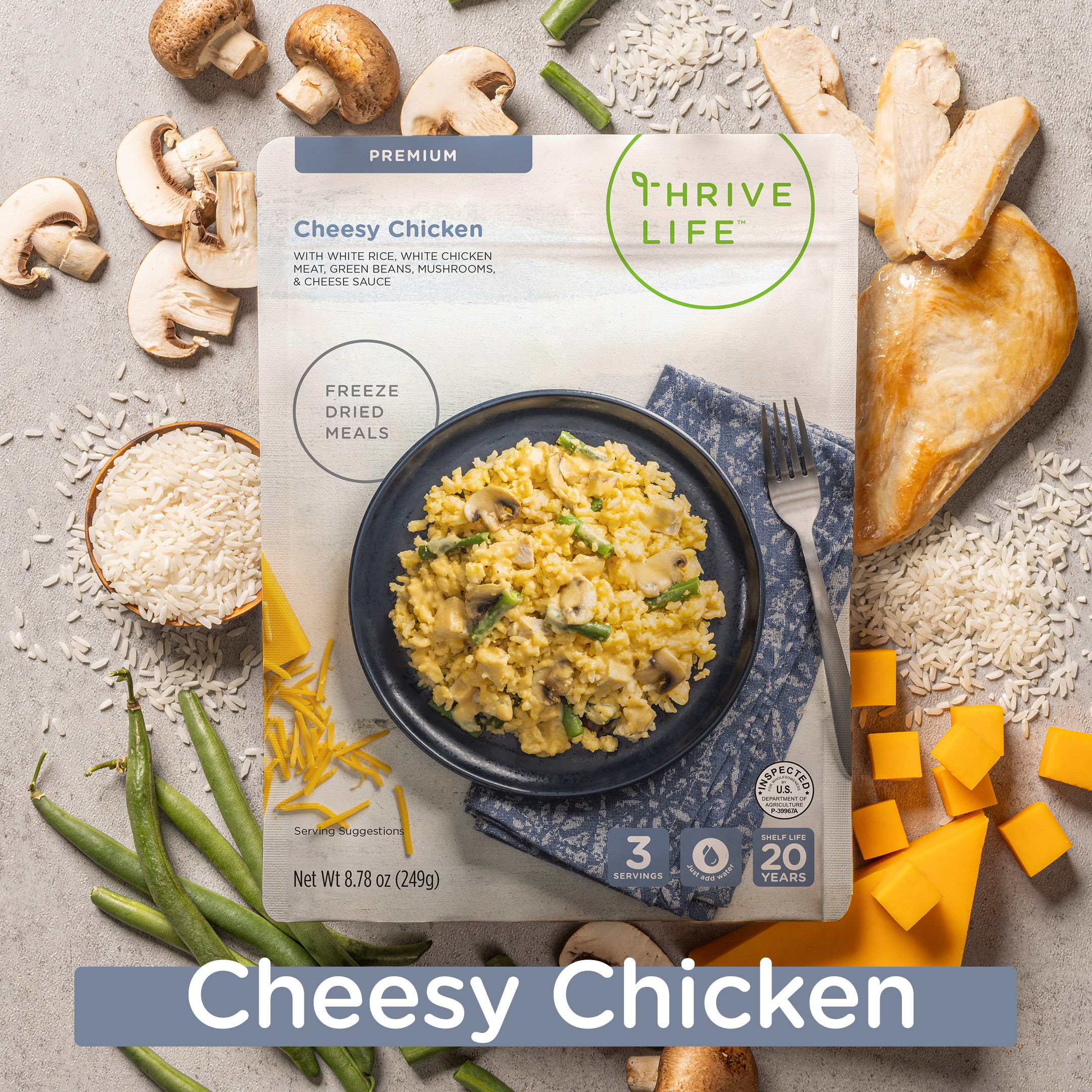
While freeze dried foods are known for their long shelf life, it’s still important to recognize the signs of spoiled freeze dried food to ensure your safety and maintain the quality of your stock. Here are some key indicators that your freeze dried food may have gone bad:
- Off-putting odor: One of the most noticeable signs of spoiled freeze dried food is an unpleasant or unusual smell. If you detect any sour, rancid, or musty odors, it’s a clear indication that the food has been compromised.
- Change in color: Fresh freeze dried foods typically retain their original color. Any significant discoloration, such as browning or dullness, may suggest spoilage due to exposure to moisture, mwanga, or air.
- Texture changes: Freeze dried foods should have a distinct, crisp texture. If the food becomes soft, soggy, or sticky, it indicates that moisture has infiltrated the packaging, leading to potential spoilage.
- Visible mold or bacterial growth: The presence of mold, mildew, or any other visible growth is a clear sign that the freeze dried food is no longer safe to consume. Mold can appear as green, white, or black spots and should be a definite cue to discard the affected food.
- Off taste: If the taste of the food is significantly different from what it should be, it’s a strong sign that it has spoiled. A bitter, sour, or metallic taste indicates that the food has degraded and should not be eaten.
By being vigilant and regularly checking your freeze dried foods for these signs, you can ensure that you only consume items that are safe and of high quality. Proper storage practices, as mentioned in the previous section, are essential in preventing these issues and prolonging the shelf life of your freeze dried foods.
Maximizing the Shelf Life of Freeze Dried Foods
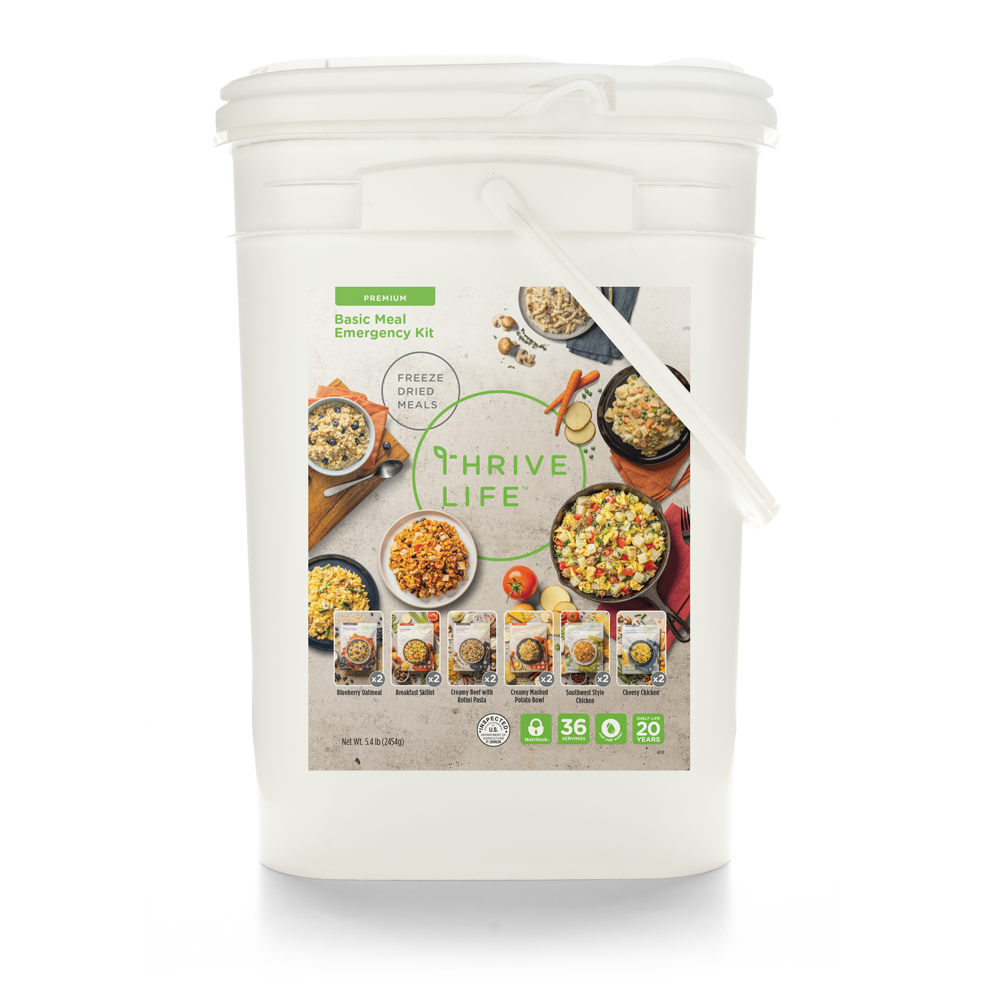
To get the most out of your freeze dried foods, it’s essential to understand how to maximize their shelf life. Proper storage and handling can significantly extend the longevity of these products, ensuring they remain safe and nutritious for years to come.
- Store in a cool, mahali pakavu: Temperature and humidity are critical factors in preserving freeze dried foods. Keep your items in a cool, dry location away from direct sunlight and any sources of moisture.
- Use airtight containers: Once opened, transfer your freeze dried foods to airtight containers with tightly sealed lids. This helps prevent exposure to air and moisture, which can accelerate spoilage.
- Avoid temperature fluctuations: Consistent storage temperatures are crucial. Avoid placing your freeze dried foods in areas prone to temperature changes, such as near windows, vents, or heat sources.
- Keep away from strong odors: Freeze dried foods can absorb strong odors from their surroundings. Store them away from cleaning supplies, perfumes, or other items with potent smells.
- Regularly inspect your stock: Periodically check your freeze dried foods for signs of spoilage, such as unusual smells, discoloration, or texture changes. Rotating your stock ensures that older items are used first, reducing the risk of spoilage.
By following these tips, you can ensure that your freeze dried foods maintain their quality and maximize their shelf life. Kumbuka, proper storage is key to getting the most out of your investment.
Check out our monthly specials for 30-50% off our high quality freeze dried products.


